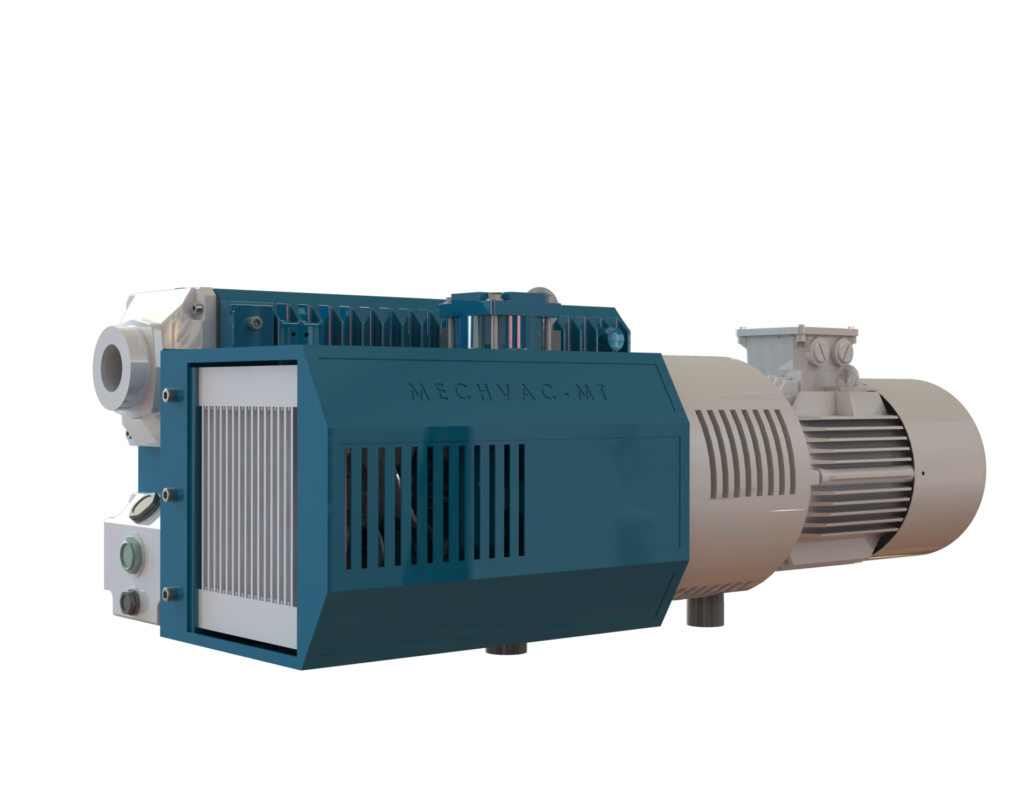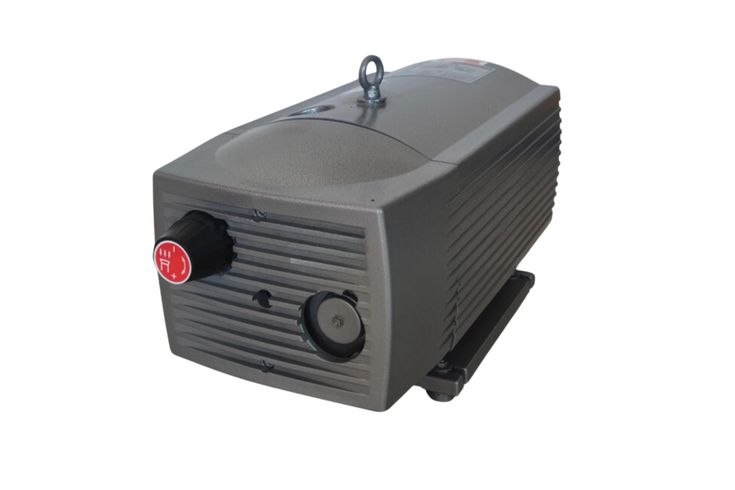In vacuum and fluid handling industries, selecting the right pump technology can significantly impact performance, maintenance, and cost-efficiency. Two commonly used types are dry rotary vane pumps and wet (oil-sealed) pumps. While they may serve similar purposes, their operating principles, maintenance requirements, and ideal applications vary considerably. Let’s break down the key differences to help you make an informed decision.
1. Working Principle
Dry Rotary Vane Pump:
- This pump operates without any lubricating or sealing liquid in the compression chamber. The vanes slide within a rotor and maintain a tight seal through precision engineering and self-lubricating materials like graphite composites.
Wet Pump:
- Also known as oil-sealed rotary vane pumps, these use oil to lubricate the vanes and seal the chamber. The oil plays a dual role — sealing and cooling — making them efficient but dependent on regular fluid maintenance.
2. Contamination Risks
Dry Pump:
- Since dry pumps operate without oil in the compression space, there's no risk of oil backstreaming into the system. This makes them ideal for cleanroom environments, laboratory setups, and processes requiring a contaminant-free vacuum.
Wet Pump:
- Oil-based operation introduces a risk of oil contamination, especially in sensitive processes. Backstreaming can be controlled with traps and filters but never fully eliminated.
3. Maintenance Requirements
Dry Pump:
- These require minimal upkeep since there's no oil to change or monitor. Components like vanes may need replacement over time, but the intervals are long and predictable.
Wet Pump:
- Oil changes are frequent, and oil quality must be monitored closely. Filter replacements, cleaning of the reservoir, and occasional full system overhauls are part of the regular maintenance routine.

4. Operational Costs
Dry Pump:
- While initial costs can be higher, long-term savings come from reduced maintenance, no oil purchases, and less downtime. They also typically consume less energy due to their efficient design.
Wet Pump:
- Lower upfront cost but potentially higher lifecycle expenses due to oil usage, disposal requirements, and regular service needs.
5. Noise and Heat Levels
Dry Pump:
- Typically quieter and cooler during operation, especially in compact systems designed for laboratories or indoor setups.
Wet Pump:
- These may generate more heat and noise due to oil circulation and cooling mechanisms. Additional ventilation might be required in enclosed spaces.
6. Applications
Dry Rotary Vane Pumps Are Ideal For:
- Pharmaceutical manufacturing
- Food packaging
- Cleanroom and laboratory use
- Semiconductor processing
Wet Pumps Are Commonly Used In:
- HVAC systems
- Refrigeration services
- Industrial and chemical processing
- General-purpose vacuum systems
Final Thoughts
Both dry rotary vane pumps and wet pumps have their place in modern industry. The decision between the two depends largely on your application’s sensitivity to contamination, maintenance capacity, and operational goals. If cleanliness, low maintenance, and energy efficiency are priorities, a dry rotary vane pump is a smart long-term investment. For budget-conscious operations requiring general-purpose vacuum solutions, wet pumps may still hold appeal.
Understanding these core differences can help businesses select the pump that best aligns with their operational and performance needs.





Comments